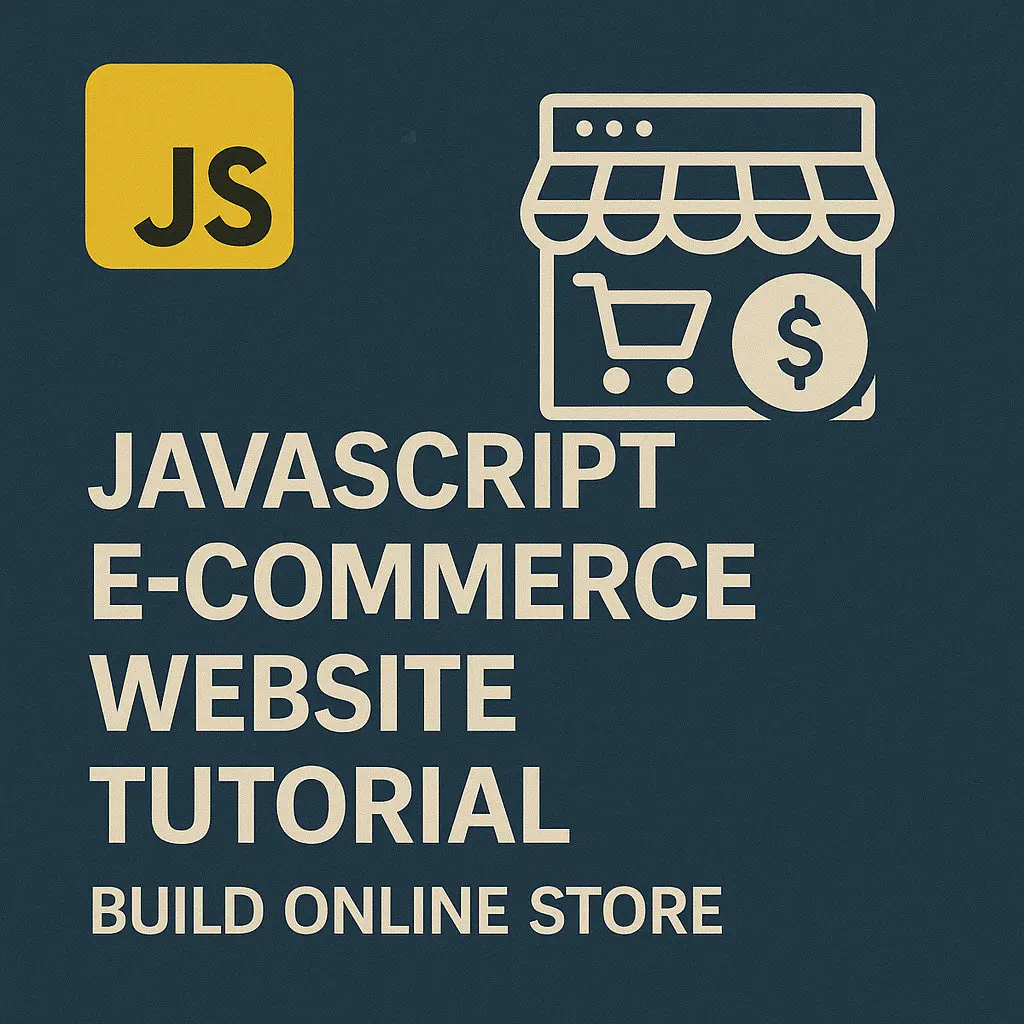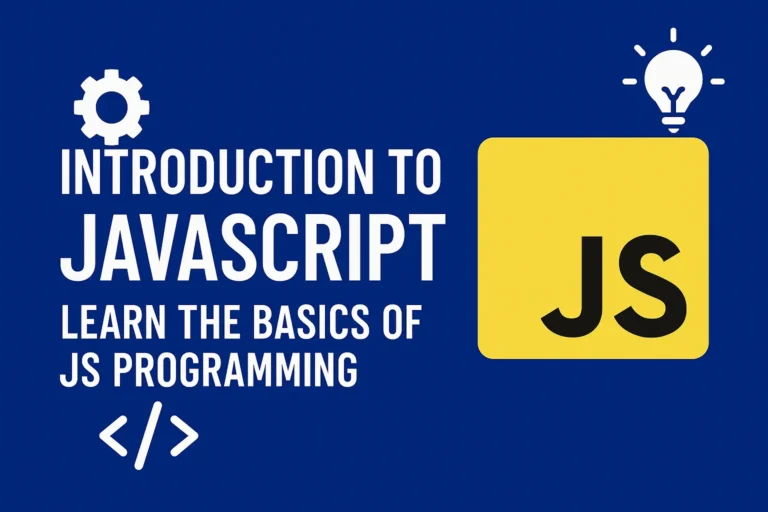With JavaScript’s versatility and wide range of libraries and frameworks, creating an e-commerce website has never been more accessible. In this guide, we’ll walk through the steps of building an e-commerce website from scratch, focusing on product listings, shopping cart functionality, and payment integration.
Setting Up Your Development Environment
Before diving into coding, it’s essential to set up your development environment. Make sure you have Node.js installed on your system, as it will enable you to use npm (Node Package Manager) to manage dependencies.
# Install Node.js
https://nodejs.org/
# Check Node.js and npm versions
node -v
npm -v
Next, initialize a new project and install any necessary packages. For this tutorial, we’ll use Express.js as our server framework and MongoDB as our database.
# Initialize a new Node.js project
npm init -y
# Install Express.js and other dependencies
npm install express mongoose body-parser
Creating Product Listings
Now that our environment is set up, let’s start by creating our product listings. We’ll define a schema for our products using Mongoose, a MongoDB object modeling tool.
// models/Product.js
const mongoose = require('mongoose');
const productSchema = new mongoose.Schema({
name: { type: String, required: true },
price: { type: Number, required: true },
description: String,
// Add more fields as needed
});
const Product = mongoose.model('Product', productSchema);
module.exports = Product;
With our schema in place, we can create routes to handle CRUD (Create, Read, Update, Delete) operations for our products.
// routes/productRoutes.js
const express = require('express');
const router = express.Router();
const Product = require('../models/Product');
// Get all products
router.get('/', async (req, res) => {
try {
const products = await Product.find();
res.json(products);
} catch (err) {
res.status(500).json({ message: err.message });
}
});
// Add a new product
router.post('/', async (req, res) => {
const product = new Product({
name: req.body.name,
price: req.body.price,
description: req.body.description,
});
try {
const newProduct = await product.save();
res.status(201).json(newProduct);
} catch (err) {
res.status(400).json({ message: err.message });
}
});
// Implement update and delete routes as needed
module.exports = router;
Implementing Shopping Cart Functionality
Now that we have our product listings, let’s add shopping cart functionality to our e-commerce website. We’ll use sessions to store the user’s cart information temporarily.
// routes/cartRoutes.js
const express = require('express');
const router = express.Router();
// Initialize an empty shopping cart
router.use((req, res, next) => {
if (!req.session.cart) {
req.session.cart = [];
}
next();
});
// Add a product to the cart
router.post('/add', (req, res) => {
const productId = req.body.productId;
// Add validation and error handling
req.session.cart.push(productId);
res.sendStatus(200);
});
// View the cart
router.get('/view', (req, res) => {
// Fetch product details from the database based on cart contents
const cartContents = req.session.cart;
// Render cart page with product details
});
// Implement update and delete routes for the cart
module.exports = router;
Integrating Payment
Lastly, we’ll integrate payment functionality into our e-commerce website using a payment gateway such as Stripe. Stripe provides an easy-to-use API for processing payments securely.
// routes/paymentRoutes.js
const express = require('express');
const router = express.Router();
const stripe = require('stripe')(process.env.STRIPE_SECRET_KEY);
// Process payment
router.post('/pay', async (req, res) => {
const amount = req.body.amount;
try {
const paymentIntent = await stripe.paymentIntents.create({
amount: amount,
currency: 'usd',
});
res.json({ clientSecret: paymentIntent.client_secret });
} catch (err) {
res.status(500).json({ message: err.message });
}
});
module.exports = router;
Conclusion
In this guide, we’ve covered the essential steps for building an e-commerce website using JavaScript. From setting up the development environment to implementing product listings, shopping cart functionality, and payment integration, you now have a solid foundation to create your online store. Remember to continuously test and iterate on your website to provide the best possible shopping experience for your customers. Happy coding!






